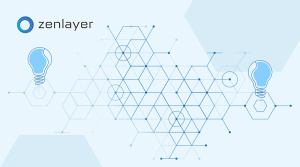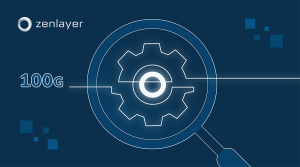Clouds are coming down to earth and have been pushing computing to the edge. Devices are now taking some of the processing workload, which is why edge computing is so exciting. In some circles, edge computing is also known as fog computing.
So why does edge computing matter? Can’t the cloud gods handle everything?
Sometimes edge computing is the better solution. Here’s why:
Internet of Things (IoT) is the Edge
IoT businesses rely heavily on edge computing. In fact, edge computing was born from the need to process data faster. Many IoT devices require instant data processing and analysis, which made cloud latency too slow. Having the most important data handled at the edge of the network, IoT devices become more useful since they provide interactive feedback immediately.
By the end of 2017, an estimated 1.6 billion government and enterprise IoT devices will connect via an edge computing model. By 2020, that number jumps to 5.6 billion. This shows the trend towards edge computing and why you need to be aware of it.
A network is as fast as its slowest link
When you first think about IoT, devices like Amazon’s Alexa might come to mind. A little latency isn’t a major issue. After all, a person can wait a few milliseconds to get a response. However, imagine that same latency in an edge of your seat video game. A single millisecond of delay could mean the difference between winning and losing. Delays like that can put a company out of business.
Now, apply that same type of latency to other types of devices. For instance, autonomous cars. Latency is critical for vehicles to scan the road in real time. This allows self driving cars to determine whether to stop or not for the small child standing on the road. Milliseconds can mean life or death.
Bandwidth Is Expensive
The cloud is an incredible technology. No one can deny that. It’s drastically transformed the way businesses and people in general work and play. However, the more that people use the cloud, the more bandwidth that’s necessary to transmit data back and forth. Some businesses use hundreds or even thousands of terabytes of data daily. Why does this matter? When you rely solely on the cloud, you’re going to need to pay for much more bandwidth.
Edge computing puts your bandwidth usage on a diet. Instead of everything having to go to the cloud and back again, process your data at the edge. The results may then be stored in the cloud, but the final amount of data transmitted to the cloud is just a fraction of what it was originally. Businesses aren’t just switching to edge computing for convenience, it’s also a cost effective measure.
Cloud & Edge, sitting in a tree. K-I-S-S…
Edge computing doesn’t actually need the cloud to work. It’s just not the most effective or efficient type of infrastructure. Instead, think of edge computing as cloud computing’s significant other. They’re great separately, but they’re amazing when together.
The two technologies play upon each other’s strengths to create a better solution. In most cases, businesses don’t have the necessary storage capacity on-site to contain all the data they gather. This is where cloud computing comes back into play. The cloud works for storage and certain applications, while edge computing handles time sensitive data processing to provide better experiences and reduce costs.
Now that you know why you should use edge computing, you likely have more questions. Find out more about our edge computing solutions and what they mean for your business.







